- Yaro on AI and Tech Trends
- Posts
- 🚀China’s AI Surge: DeepSeek AI, Manus AI and now Meet Kimi AI.
🚀China’s AI Surge: DeepSeek AI, Manus AI and now Meet Kimi AI.
Plus: US Immigration Policy is Driving Talent Away.
Get in Front of 50k Tech Leaders: Grow With Us
Together with Kittl:
Happy Wednesday! Can Intel Be Saved? TSMC seems to think so, and we’ll break down their plan. Meanwhile, AI agents are dominating the conversation, with companies going all-in on the next wave of AI innovation. But the real game-changer? Chinese AI models aren’t just competing—they’re leading the charge. From cutting-edge technology to disruptive pricing strategies, China’s AI firms are not only top contenders but also setting the pace for the entire industry. - We’ll show you why. Let’s dive in!
It’s All About AI Agents.
🧰 AI Tools (We have over 1K tools in our arsenal)
TSMC Plan to Revive Intel’s Struggling Business.
China’s AI Surge. Meet Kimi AI Challenging the Top Dogs.
📰 News and Trends.
It’s All About AI Agents.
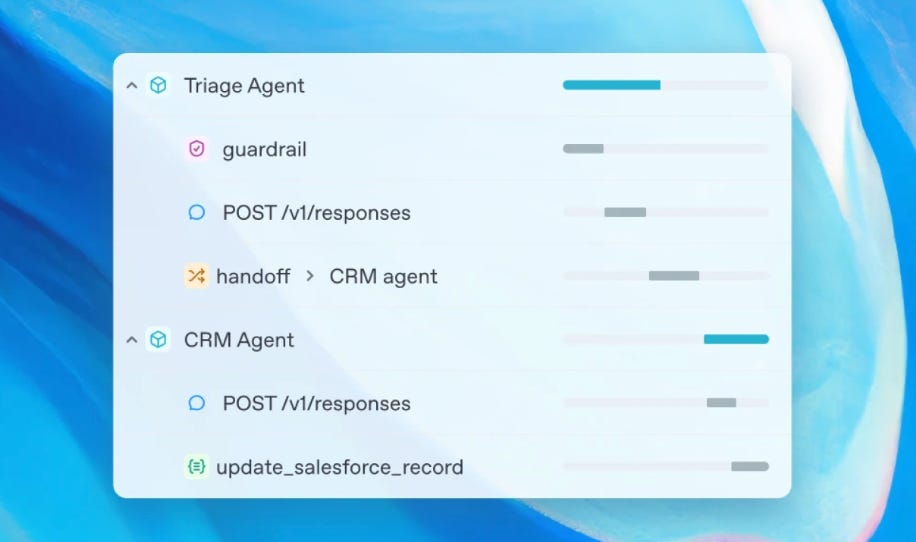
AI agents are evolving rapidly, and deep research in the field is accelerating. Manus AI has become the center of attention with what appears to be the first truly autonomous AI agent and now they Partnered With Alibaba to Serve Users in China. Claude AI is powering Manus AI’s deployment through its Model Context Protocol (MCP)—an open standard that integrates AI assistants with real-time data from content repositories, business tools, and development environments. While some dismiss Manus AI as just a wrapper, its true capabilities will become clearer in the coming weeks.
Meanwhile, OpenAI has introduced new tools to help developers build and scale AI agents efficiently. Key updates include:
Responses API: A new API that merges features from Chat Completions and Assistants APIs, simplifying tool integration and conversation management for agentic applications.
Web Search: Now available in the Responses API and Chat Completions API, it provides accurate, cited web results and supports follow-up questions.
File Search: A retrieval tool that offers fast and accurate search across multiple file types, available in both the Responses API and Assistants API.
Computer Use: Enables AI agents to interact with computers or virtual machines by analyzing screenshots and performing actions like clicks, scrolls, or typing (available in research preview).
Agents SDK: An open-source orchestration framework for designing and scaling agents, featuring built-in observability for logging and performance analysis.
Free Tokens: Eligible developers can earn free API usage by sharing prompts, completions, and traces with OpenAI, with up to 1M–10M tokens per day offered through April.
These updates aim to enhance AI-driven automation and agent interactions while providing developers with more powerful tools and incentives.
Upgrade Your Designs Instantly!
Hey tech pros & influencers! Create stunning, pro-level designs effortlessly with Kittl—no clunky tools, just sleek, streamlined creativity.
🎨 Design merch, apparel & content with ease.
🔥 Stand out & inspire your audience.
💰 Get 25% off with code YARO!
Start for FREE today—click now!
TSMC Plan to Revive Intel’s Struggling Business.
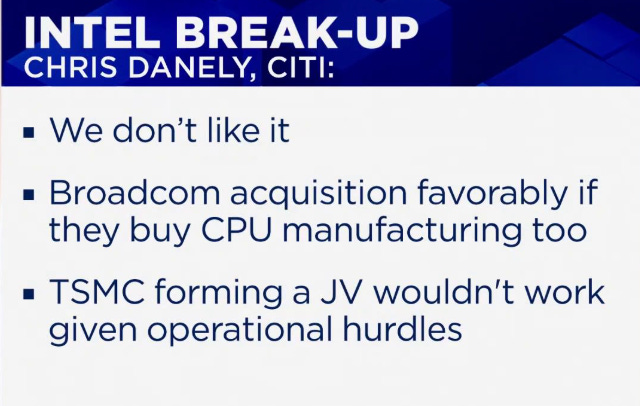
Power Lunch CNBC
TSMC has pitched Nvidia, AMD, Broadcom, and Qualcomm on taking a stake in a joint venture to run Intel’s loss-making foundry division.
Proposed Structure: TSMC would oversee Intel’s chipmaking operations while holding less than a 50% stake to comply with U.S. restrictions on foreign ownership.
U.S. Involvement: The proposal aligns with a Trump administration push to restore Intel’s competitiveness in domestic semiconductor manufacturing.
Intel’s Struggles: The company lost $18.8B in 2024, its first annual loss since 1986, and its stock has plunged over 50% in the past year. Former CEO Pat Gelsinger was ousted in December.
TSMC’s U.S. Expansion: The discussions began before TSMC’s $100B investment announcement to build five new U.S. chip facilities.
The joint venture could help Intel regain its footing while leveraging TSMC’s expertise in chip manufacturing.
📰 AI News and Trends
Meta is reportedly testing an in-house chip for training AI systems, a part of a strategy to reduce its reliance on hardware makers like Nvidia.
Google’s $3.75 Billion Investment in Anthropic Exposed as AI Startup Hits $1.4 Billion in Revenue and Targets $3.7 Billion in 2025 with a $61.5 Billion Valuation While Regulators Scrutinize Big Tech’s AI Dominance.
OpenAI says it has trained an AI that’s ‘really good’ at creative writing.
The TechCrunch AI glossary.
🌐 Other Tech news
Criminal groups in Latin America are weaponizing drones for smuggling, surveillance, and attacks.
As U.S. Sabotages Its Own Talent Pipeline, China Ramps Up Recruitment in the Global Intellectual Arms Race…
Plus: Motive, a tech startup, is among several AI unicorns from Silicon Valley expanding in India, attracted by the country's deep AI engineering pool to speed up product cycles and accelerate innovation.
Apple is preparing a major software overhaul to transform the interface of the iPhone, iPad, and Mac, aiming to make the operating systems more consistent and simplify navigation.
Sony is experimenting with AI-powered PlayStation characters.
‘Startup Nation’ Groups Say They’re Meeting Trump Officials to Push for Deregulated ‘Freedom Cities’.
Our Partners:
Aragon AI - Get ultra-realistic AI headshots in under an hour with Aragon.ai—trusted by 1.7M+ users. Use YARO for 25% off!
China’s AI Surge. Meet Kimi AI Challenging the Top Dogs.
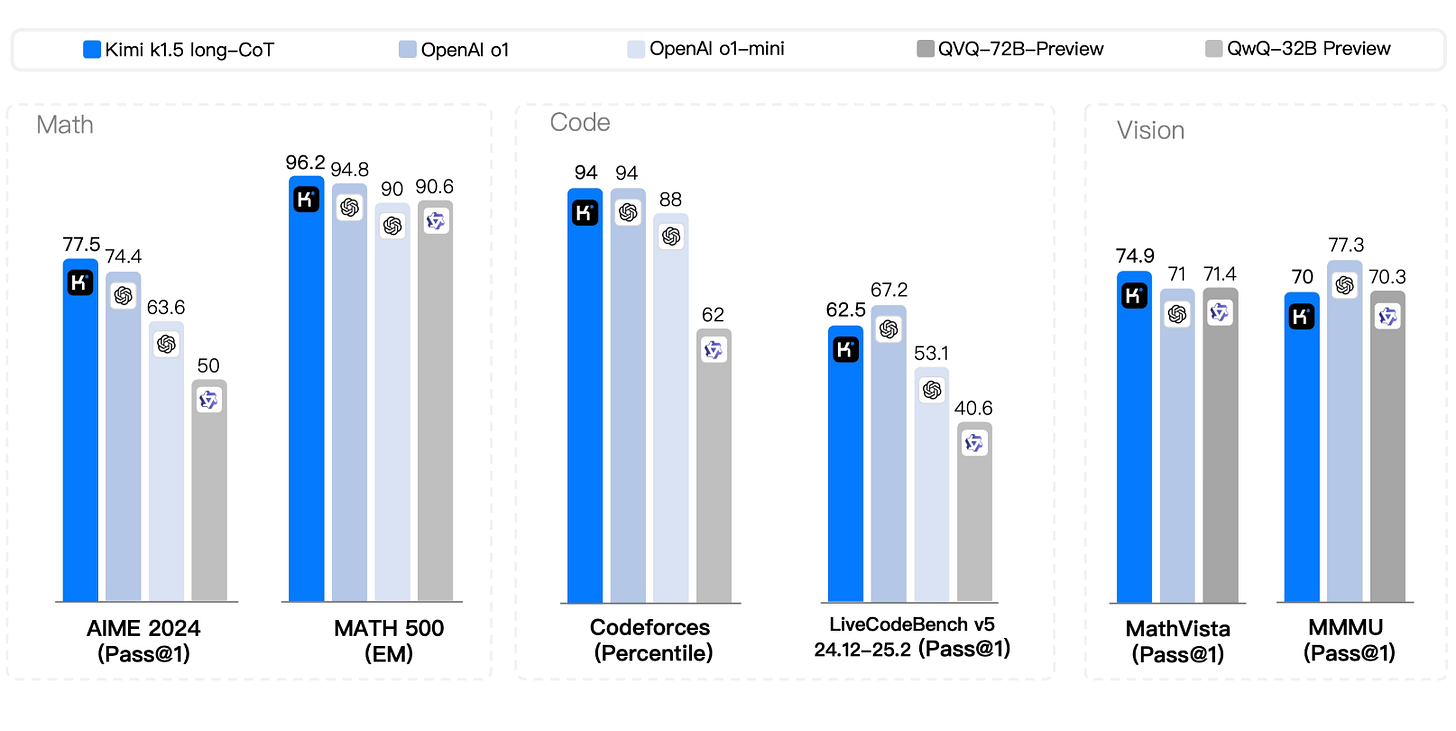
As the AI race intensifies, much of the global focus has been on models like DeepSeek AI and the newly launched Manus AI. But while the spotlight is on these contenders, China’s AI ecosystem is quietly but decisively reshaping the competitive landscape. One company leading this charge is Kimi AI, a name that may soon become just as recognizable as OpenAI, Google DeepMind, or Anthropic.
Kimi AI: Surpassing OpenAI in Key Benchmarks
Unlike many AI companies still finding their footing, Kimi AI is no newcomer. With its latest release, Kimi K1.5, the company is proving that Chinese AI innovation is not just about catching up—it’s about leading in specialized domains. In key benchmarks like math and coding, Kimi K1.5 outperforms OpenAI’s GPT-4o and Anthropic’s Claude 3.5 Sonnet, showing that domain-specific AI models can surpass general-purpose LLMs when fine-tuned for performance.
But Kimi’s real disruption is not just in performance—it’s in accessibility. By offering free access to its models, Kimi AI is upending Western AI companies’ premium pricing structures. Just as DeepSeek AI and other Chinese LLMs have challenged monetization strategies, Kimi’s move could force OpenAI, Google, and Anthropic to rethink how they price AI services in order to stay competitive.
What Makes Kimi K1.5 Different?
At the core of Kimi K1.5’s success is its use of reinforcement learning (RL)—a technique that allows the model to learn dynamically through rewards instead of relying solely on pre-existing datasets. This makes it particularly adept at problem-solving, reasoning, and adapting to complex tasks in a way that traditional LLMs cannot.
Key differentiators include:
Long-context scaling up to 128K tokens, allowing for deeper analysis and better memory retention across extended conversations.
Superior performance in coding and math, outperforming even OpenAI’s best in these structured reasoning tasks.
Multimodal capabilities, integrating text and vision for a more comprehensive AI experience.
Efficient optimization, making it powerful yet cost-effective, an important advantage for scalability and accessibility.
A New Phase in AI Competition
Kimi AI’s rise underscores an important shift: China is not just following AI trends—it is setting them. The country’s emphasis on domain-specialized AI, paired with aggressive pricing strategies, is forcing Western AI giants to adapt. The free access model seen with Kimi AI and DeepSeek AI raises a fundamental question: How long can companies like OpenAI charge premium prices before market forces push them toward alternative models?
The AI battleground is no longer just about who has the best models—it’s about who controls access, pricing, and real-world utility. Kimi K1.5 may not yet be a household name, but if its trajectory continues, it won’t be long before it becomes a defining player in the next phase of AI innovation.
🧰 AI Tools
Download our list of 1000+ Tools free
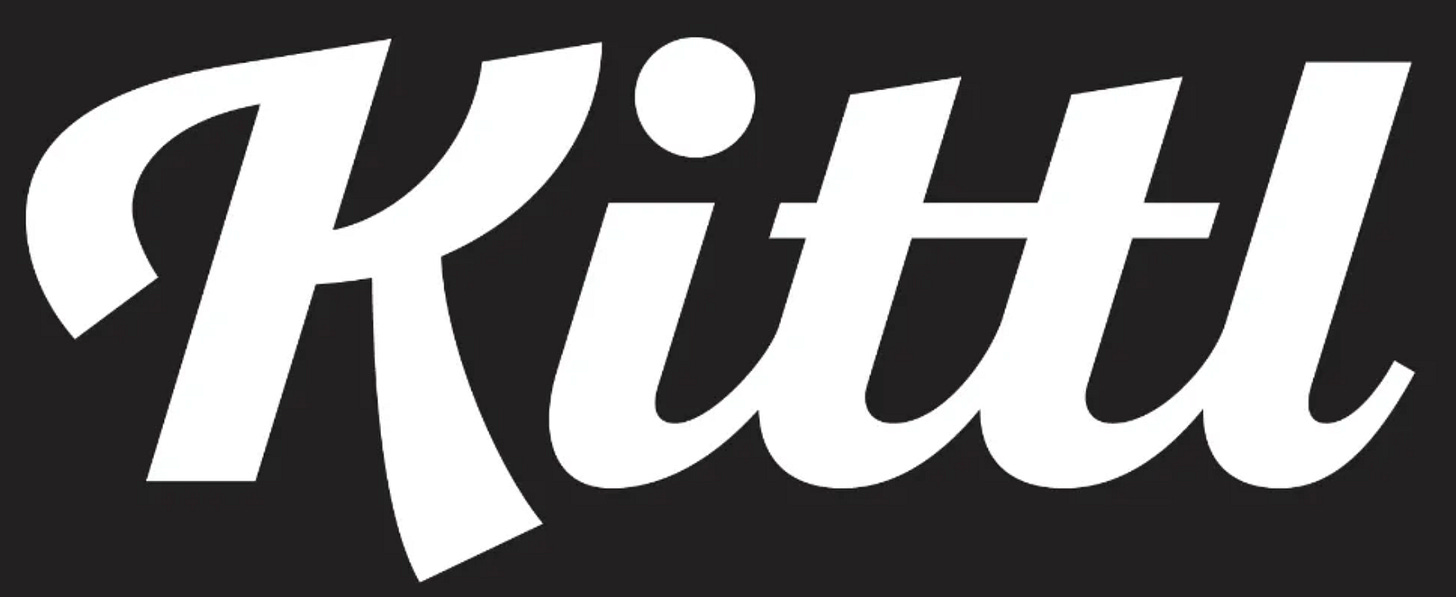
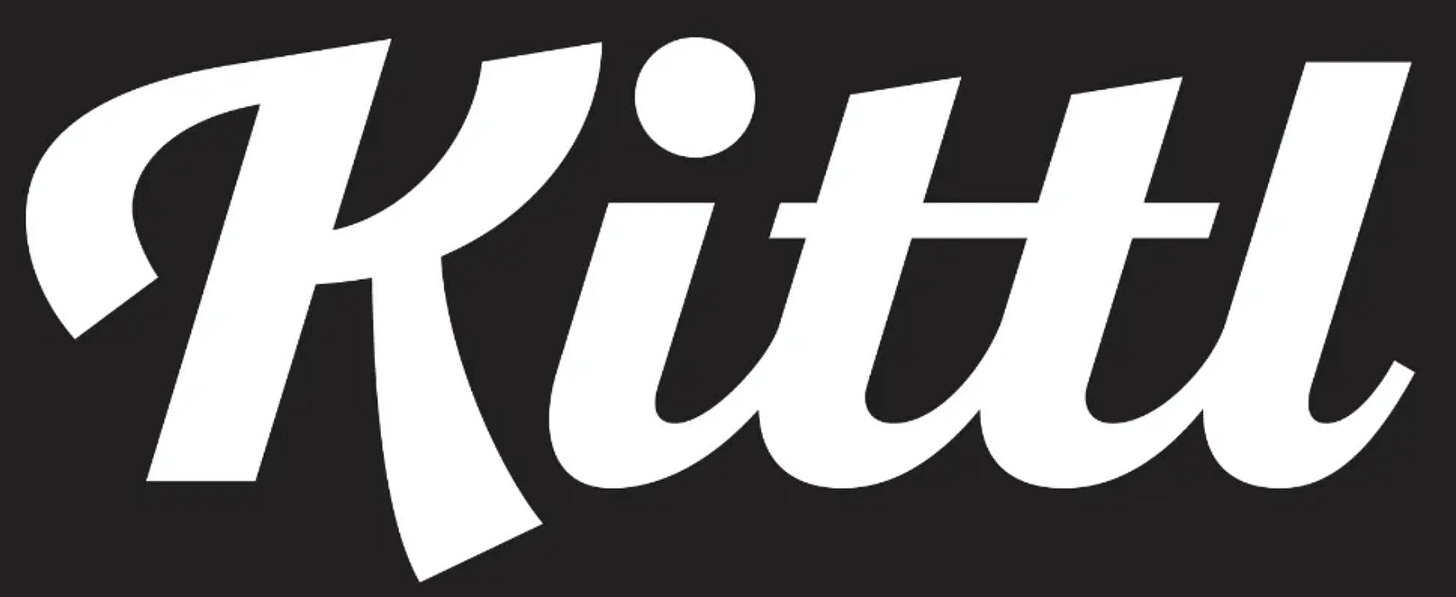
Reply